Not choosing to "rest on their laurels" of the past, the artisans here are carrying out a silent but fierce revolution. It is a journey to solve a double problem: How to preserve the core values of their ancestors, while at the same time promoting and elevating the products so that Van Phuc silk can not only thrive domestically but also step out into the world as a member of the Global Network of Creative Craft Cities.
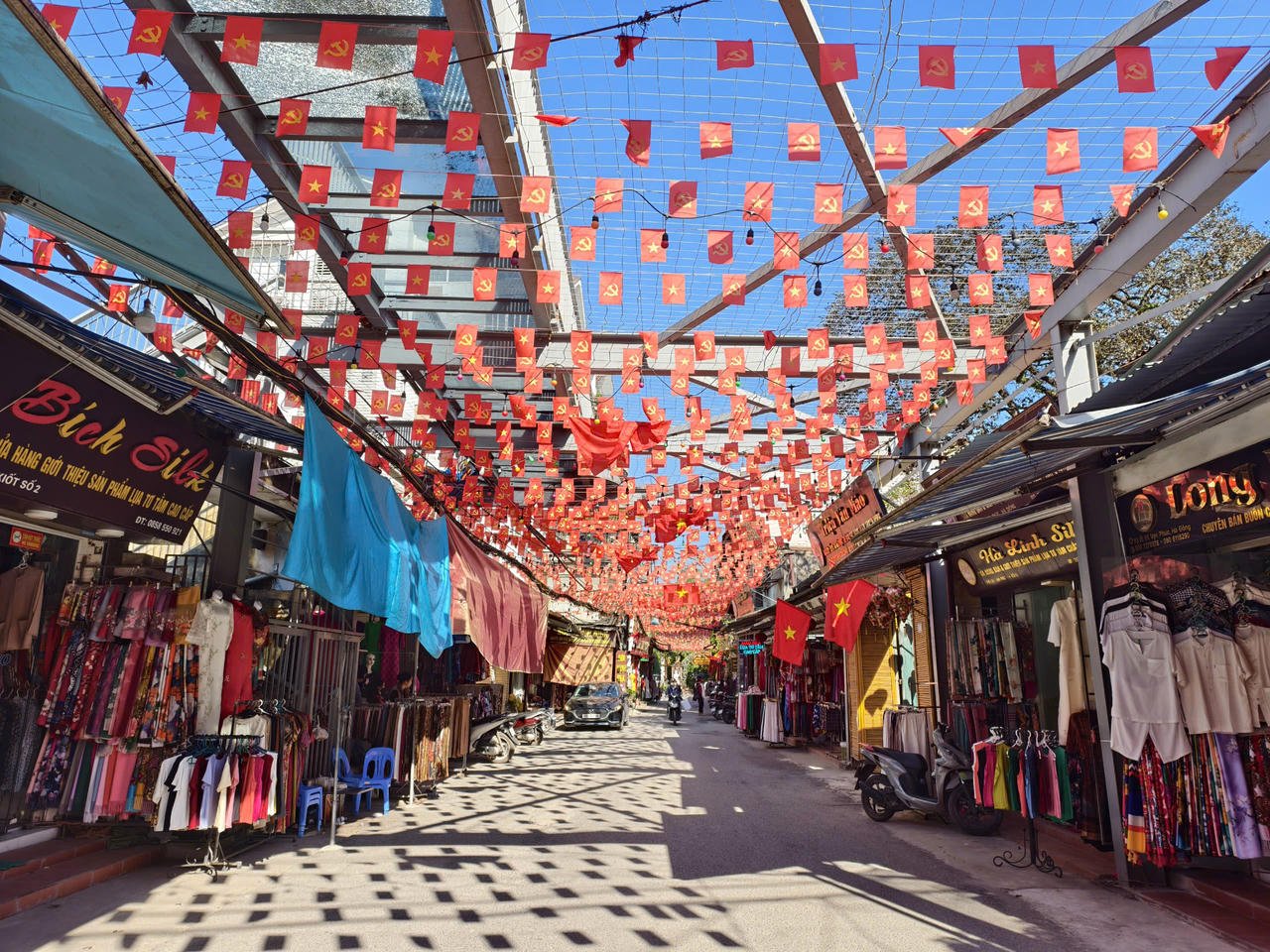
Conservation does not mean standing still.
Van Phuc's conservation story does not begin with empty theories, but with the survival fight of the weavers themselves.
Talking to reporters of the Vietnam Law Newspaper, Mr. Nguyen Van Hung, Chairman of the Van Phuc Silk Weaving Village Association, said that the history of the craft village spans over 1,000 years, but the most challenging period was the early 90s of the last century. At that time, the collapse of the Eastern European market forced thousands of looms into a "shelved" situation. The risk of extinction was immediately apparent when output was stagnant and workers were confused.
It was in that dark moment that the Van Phuc people's conservation thinking had a turning point. They realized that, to preserve their profession, they must first make a living from it. Conservation does not mean stubbornly clinging to old, outdated ways of doing things. The change began with the conversion of the centralized subsidized production model to self-sufficient households, to the revolution in labor tools.
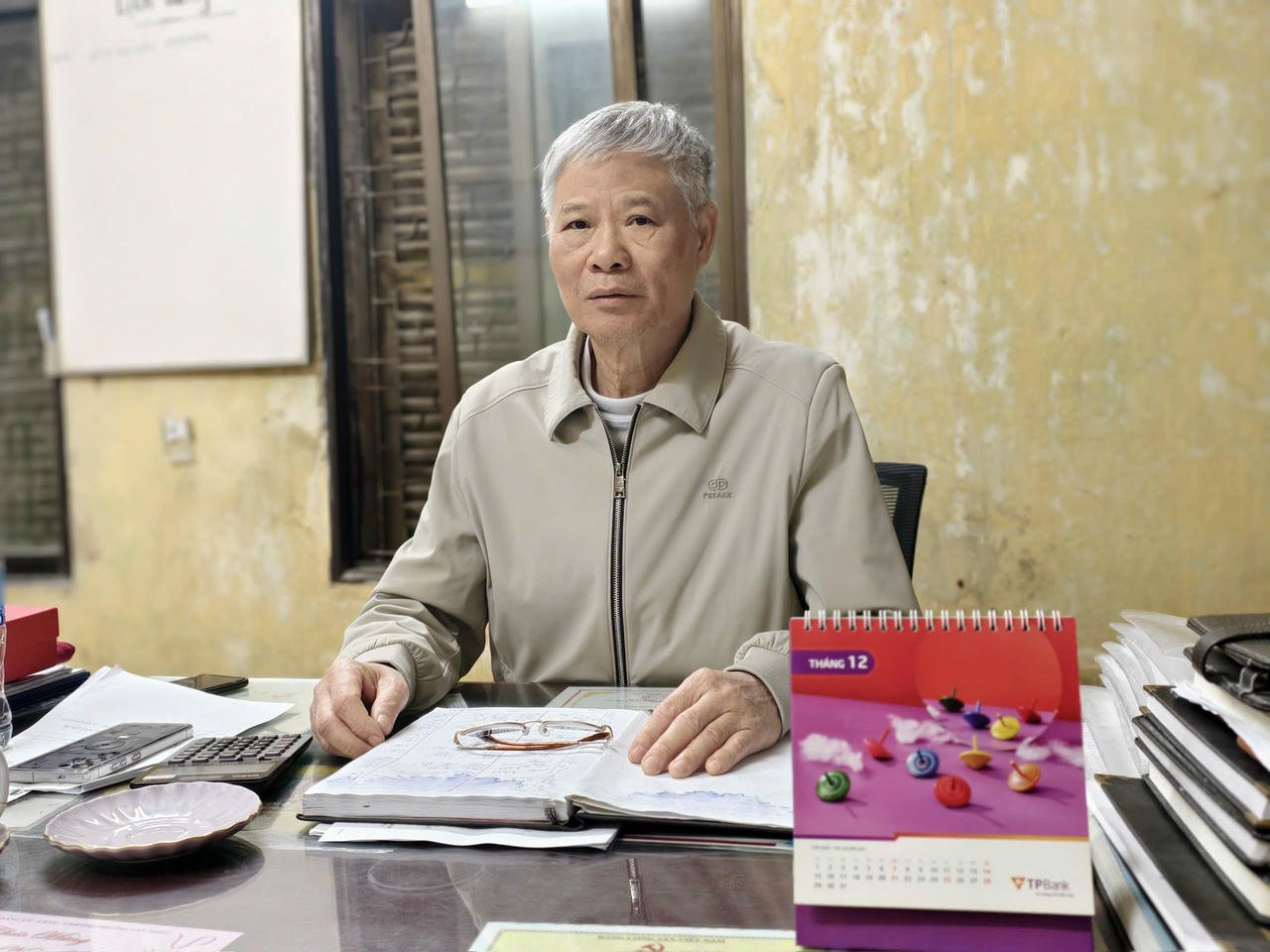
Mr. Hung shared that in the past, people wove manually, using foot pedals and hand shuttles, resulting in low productivity and the health of the workers was eroded. To preserve the labor force, the craft village boldly "mechanized". Electric motors were introduced to replace human power, and the machinery system was improved to automatically shut off when the thread broke.
This change does not destroy the delicate craftsmanship in the pattern making process, but it frees up labor, allowing workers to simultaneously supervise many machines, thus increasing productivity and silk quality many times over. This is a strategic step for the weaving industry to be able to compete on price and quality in the new context.
Sharing with reporters of the Vietnam Law Newspaper, Ms. Nguyen Thi Phu, an artisan at Van Phuc silk village, said that at the age of 71, she clearly feels the positive changes that science and technology have brought to the traditional weaving profession in Van Phuc. If in the past, the fathers' generation had to do everything by hand, with their hands and feet constantly moving, working day and night to bring their goods to Hang Dao street to sell and exchange for silk, now everything is different.
The appearance of modern electric machines has helped workers to work much less hard, and at the same time, labor productivity has also increased significantly. She shared that the silk material from the factory today is more precise and beautiful than the silk of the past, helping the silk produced to be both beautiful and of guaranteed quality.
Thanks to this support, an elderly person like her now only needs to work about 6 to 7 hours a day, while younger workers can work 9 to 10 hours depending on demand, but overall the labor time to create a product has been shortened and is much lighter than in the past.

Human resource bottlenecks and strategies to "keep the fire burning" for the next generation
No matter how modern the machines are, they cannot completely replace humans, especially in a profession that requires sophistication like silk weaving. The most difficult conservation problem that Mr. Hung and the veteran artisans are facing today is the lack of successors. The young generation of Van Phuc today has a formal education, and tends to want to escape from the bamboo fence of the village to seek freedom and attractive income in agencies and businesses outside, instead of spending 10 hours a day at the loom full of noise and dust.
Realizing that without young people, the ancestral craft will be lost, the Craft Village Association has determined that the key direction to promote the craft village is to increase the economic value of the products. Only when the income from weaving is higher or equal to that of office work, will the young generation feel secure in returning to continue the profession. To do that, Van Phuc has transformed itself from simply selling silk by the meter to thinking of doing fashion business.
Instead of the silk being rolled up and waiting for buyers like in the old days, today, Van Phuc silk is crafted into high-end products. Luxurious vests, elegant ties, scarves, handbags, wallets... with diverse designs are born right in the village.

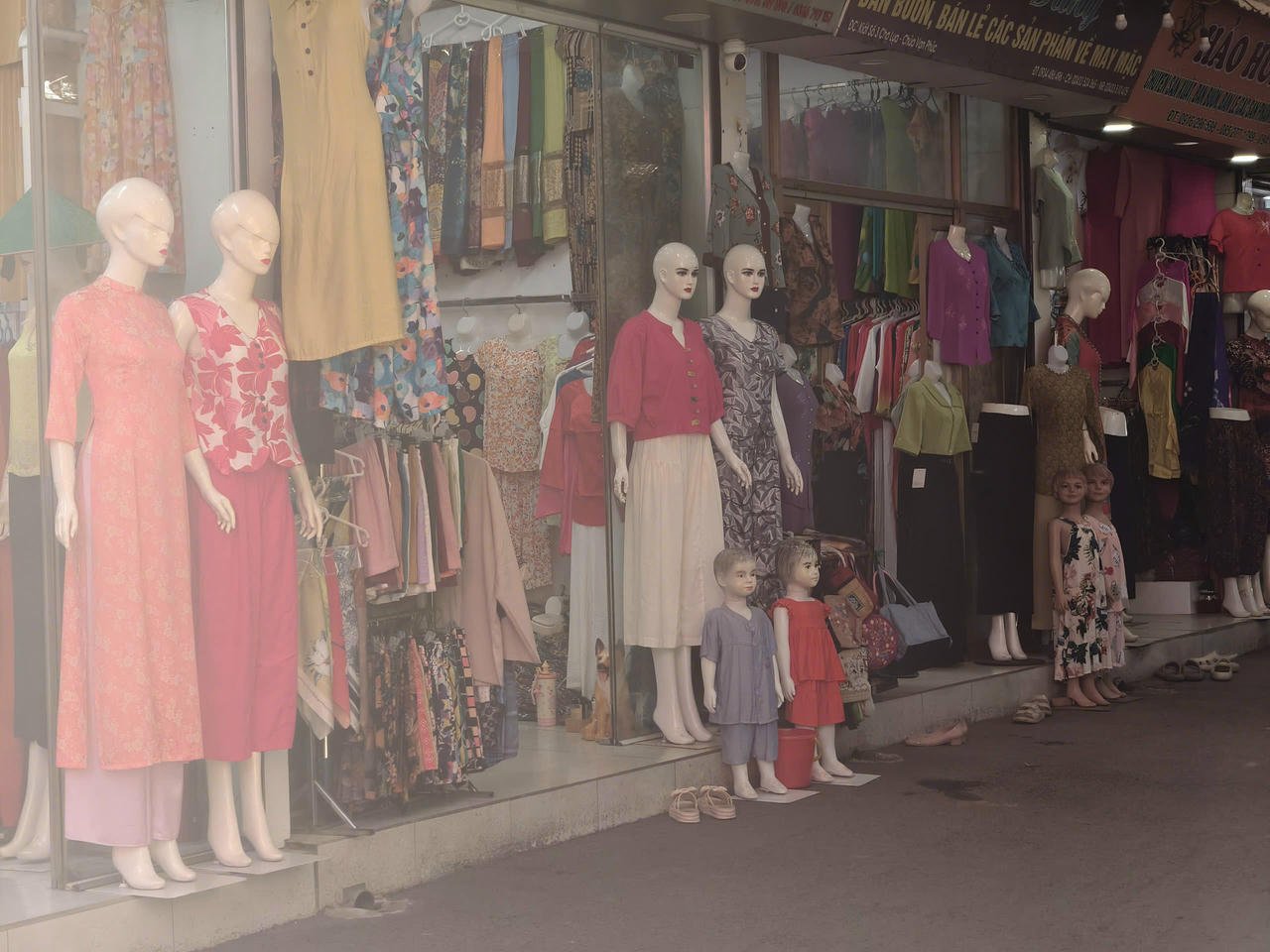
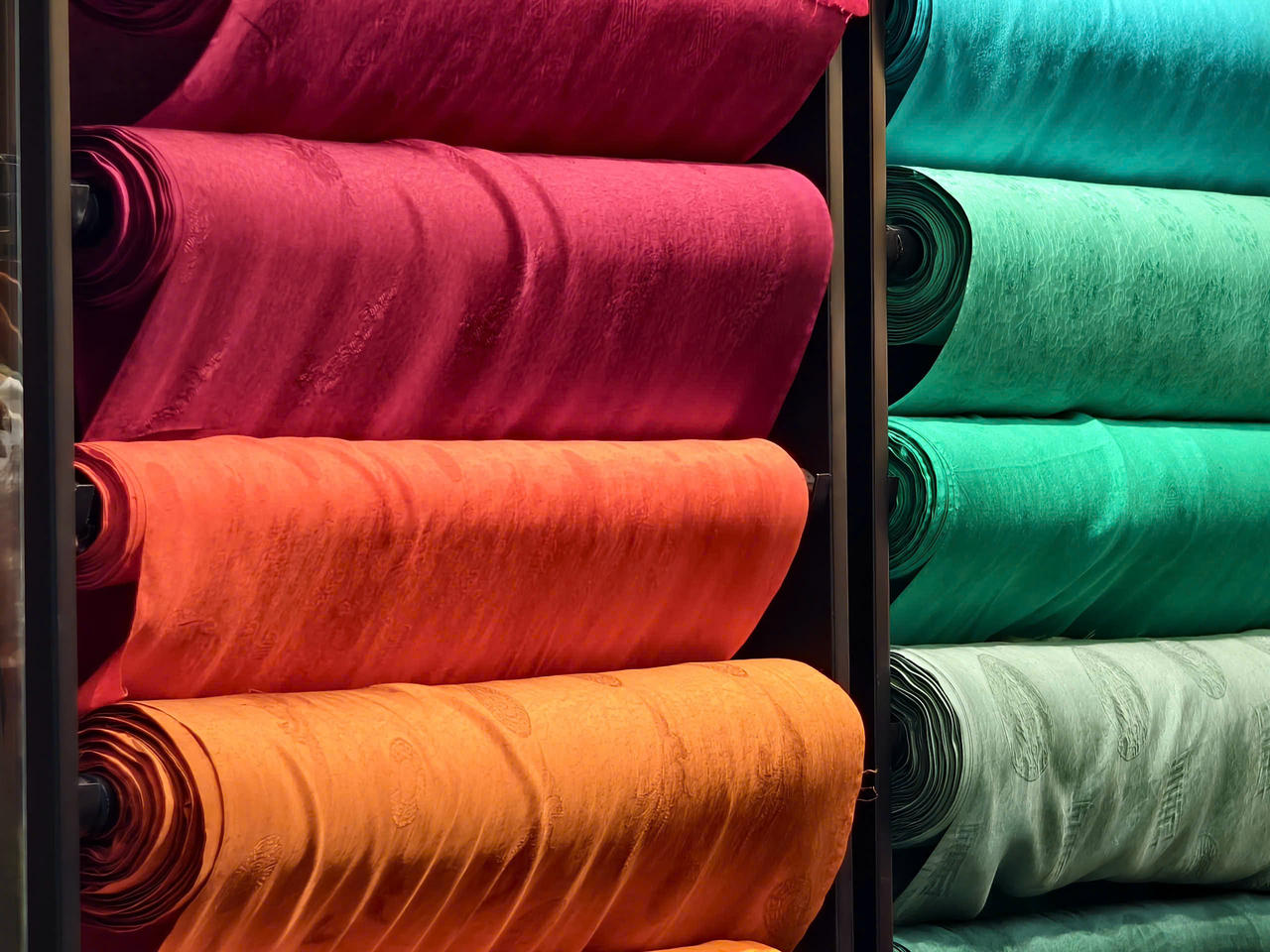
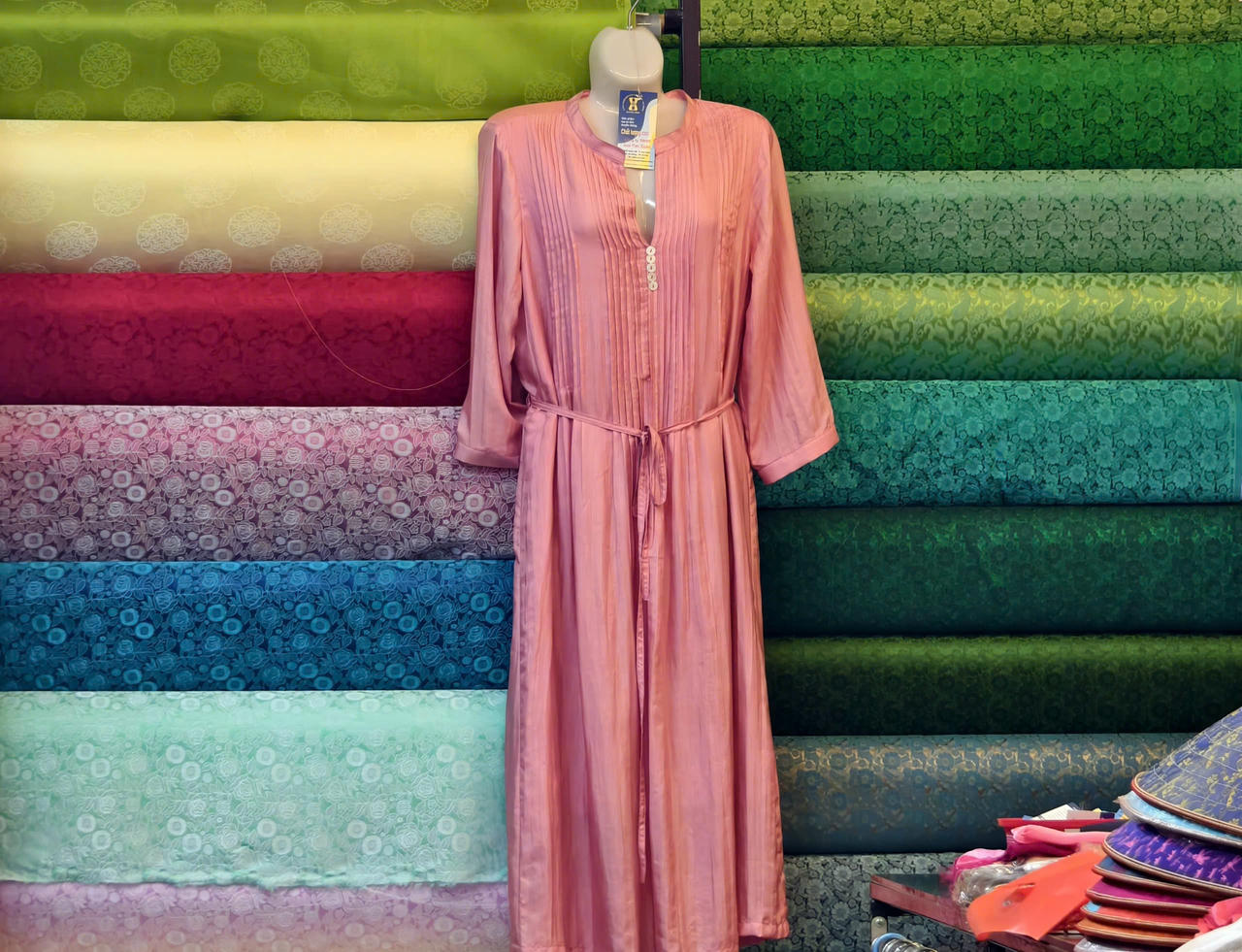
This innovation has breathed new life into traditional products, significantly increasing their commercial value. In fact, when the economic "pie" is bigger, many families have succeeded in persuading their children to stay and use the knowledge they have learned to manage, do business and develop their ancestors' profession. That is the most sustainable way to preserve: preserving with economic benefits associated with family pride.
Mrs. Phu also expressed optimism about the succession of the younger generation in the craft village as they are making efforts to continue and develop the silk craft that their ancestors have left behind over the years.
Brand Identity - "Shield" against the storm of counterfeit goods
Another important aspect of conservation work at Van Phuc is the fight to protect the brand from the encroachment of counterfeit, fake and cheap industrial goods.
In the digital age, a pattern that an artisan has created this morning can be copied exactly the next afternoon by industrial workshops with the help of computers and modern weaving machines. This not only causes economic damage but also erodes the reputation of Van Phuc silk.


To promote brand value and protect consumer rights, producers in Van Phuc have taken drastic measures to "identify" their products.
Mr. Hung said that many household owners have designed the patterns and woven their names directly onto the fabric borders. The words "Van Phuc",... appearing on each meter of silk are a strong affirmation of origin. Although we know that counterfeiting cannot be completely prevented, this is an effort to make information transparent, helping customers distinguish genuine Van Phuc silk from floating products, thereby preserving the market's trust in the craft village brand.
Planning vision and international position
The work of preserving and promoting the value of Van Phuc craft village is facing an unprecedented opportunity thanks to the systematic investment attention from the government and international recognition. No longer a spontaneous and fragmented development, Van Phuc is now included in a master plan with a long-term vision.
“An investment project with a total capital of more than one trillion VND, expected to be implemented in the 2026-2030 period, promises to "change the face" of the craft village,” said Mr. Hung.
The infrastructure system will be upgraded synchronously, from large-scale parking lots to accommodate international tourist groups, to burying the entire power line system, paving sidewalks, and beautifying the landscape.
The goal is to turn Van Phuc into a modern cultural - tourist - commercial space that is still imbued with identity. The close combination between production and tourism is the right direction, turning the craft village into a "living museum". Tourists come here not only to buy silk, but also to experience, to see with their own eyes the weaving process and feel the soul of the profession.

In particular, Van Phuc's position has been raised to a new level when it officially became a member of the World Network of Creative Craft Cities. Along with Bat Trang, Van Phuc is one of the two rare representatives of Vietnam present in this prestigious organization.
This is the international community's recognition of the creativity and conservation efforts of the Van Phuc people. This title has become a powerful "passport", attracting a series of international delegations and diplomatic missions to visit and work, opening up opportunities for trade and promoting Vietnamese culture globally.
The journey to preserve and promote the Van Phuc silk weaving village is a long and thorny road, but also full of glory. From the difficulties that seemed to wipe out the craft village, Van Phuc has stood up strongly with dynamism, creativity and a burning love for the profession.
However, to keep that flame burning, in addition to the efforts of the craft villagers, the community's cooperation is needed.
Mr. Nguyen Van Hung's call "Vietnamese people prioritize using Vietnamese products" is not only a desire for sales, but also a plea for national pride, the most practical support for the sounds of shuttles moving along the river.
This article is in collaboration with the Hanoi Department of Agriculture and Environment.
Source: https://baophapluat.vn/khat-vong-vuon-minh-ra-bien-lon-cua-lang-lua-van-phuc.html










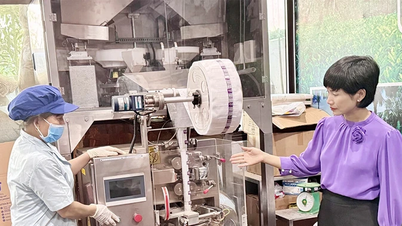

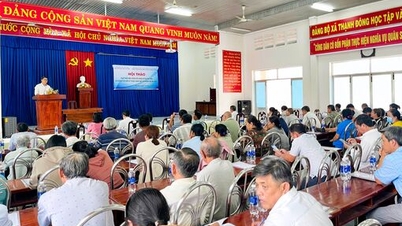



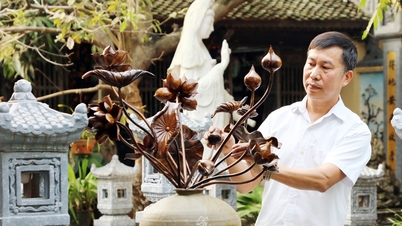


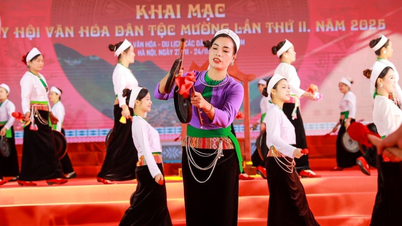

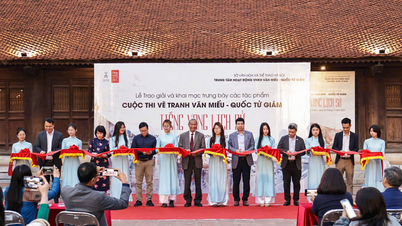
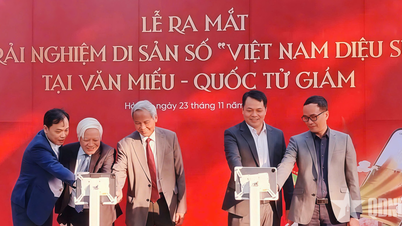


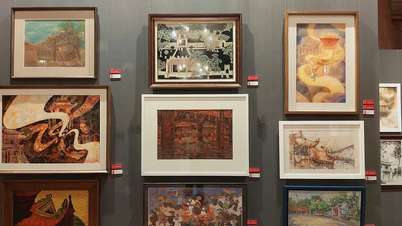

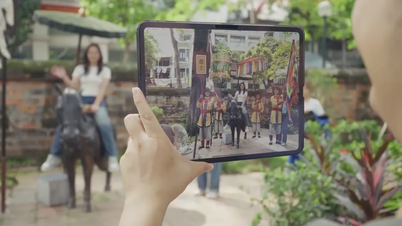




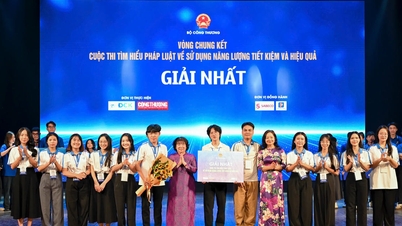

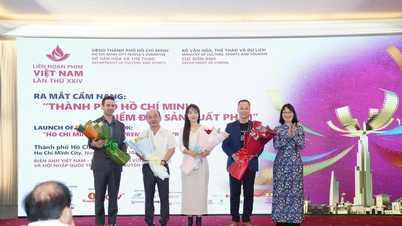
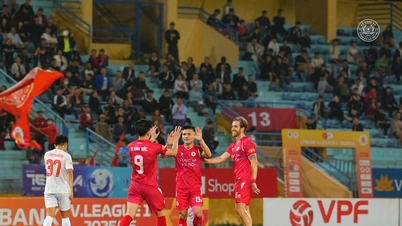



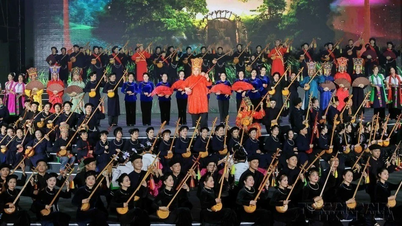

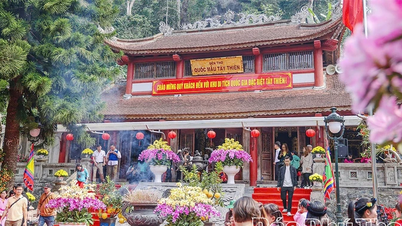


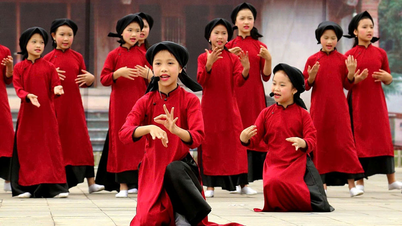
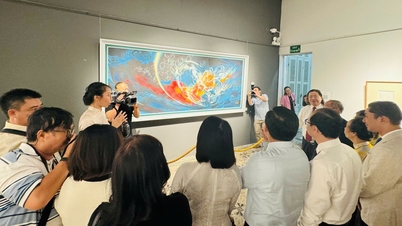


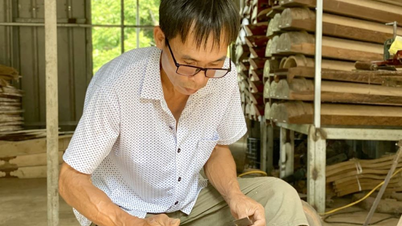

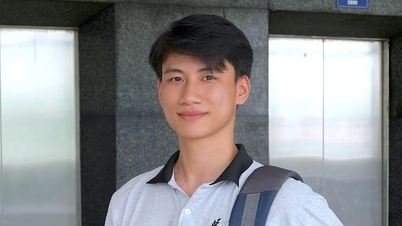

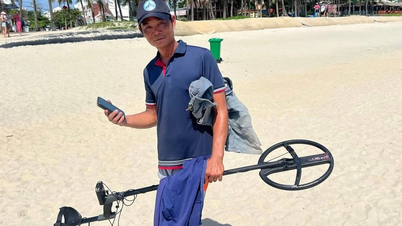



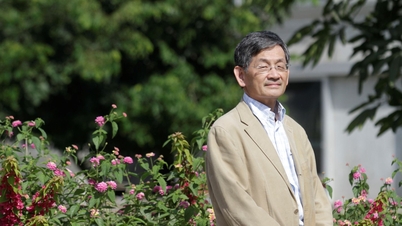



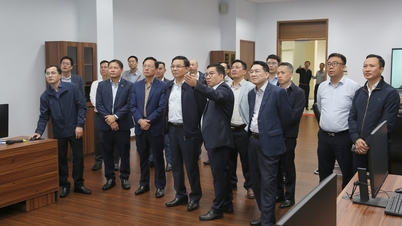











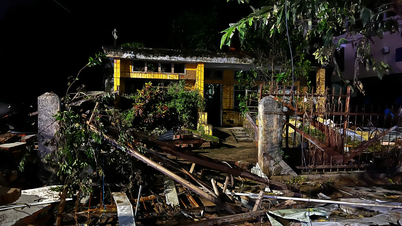
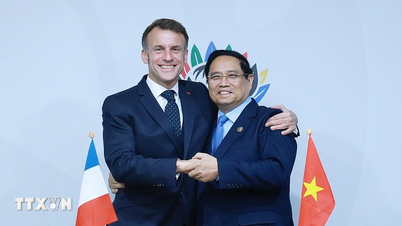


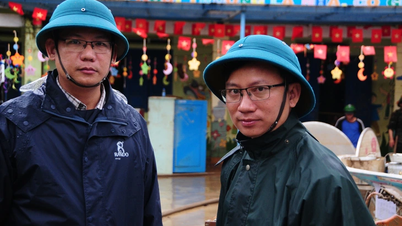
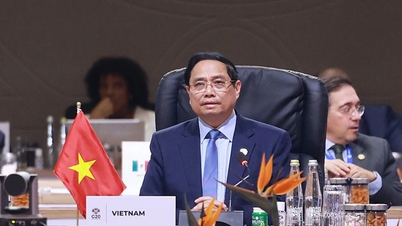

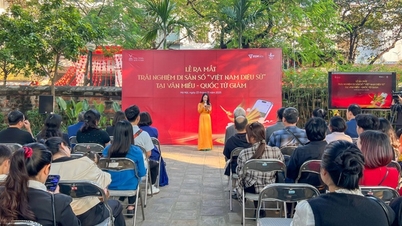



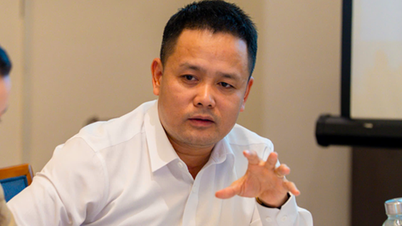

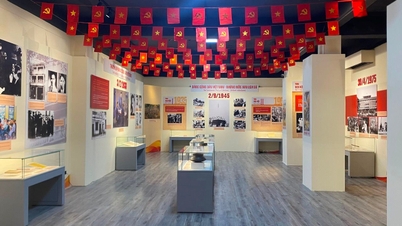

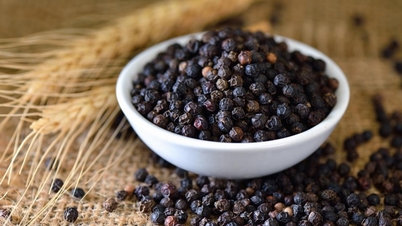


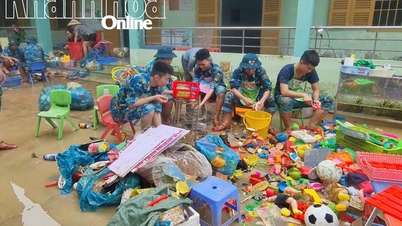



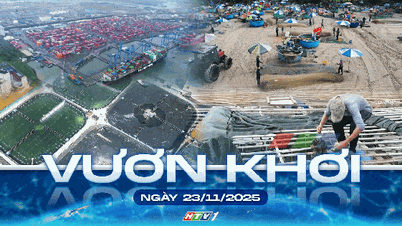














Comment (0)